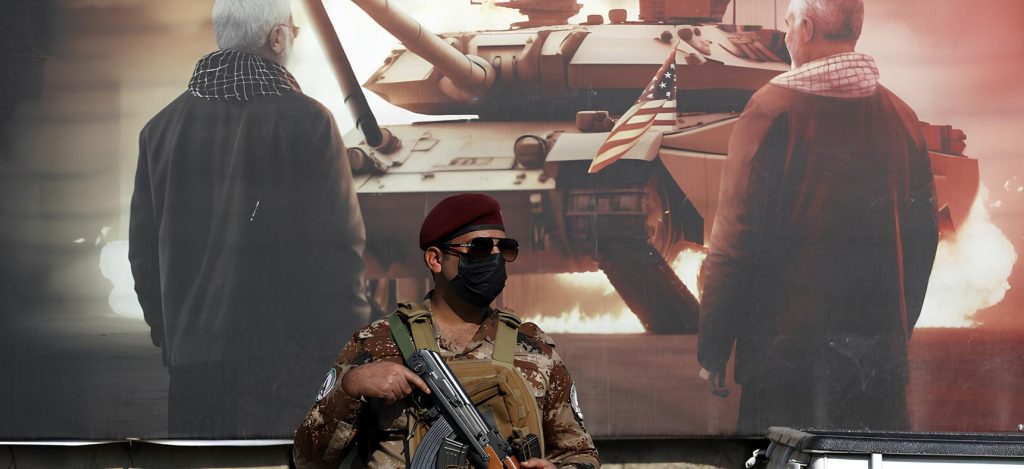








US airstrikes against IRGC-linked forces in Iraq and Syria demonstrate military success but face political challenges. Pre-announcement allowed Iran to evacuate, raising questions about the effectiveness of shaping Iran’s behavior and establishing deterrence.


Welcome back to Middle East Brief, where we take a look at the latest US airstrikes targeting Revolutionary Guard forces in Iraq and Syria. While displaying military prowess, the decision to announce attacks in advance gave Iran the opportunity to evacuate and created uncertainty about the effectiveness of shaping Iran’s behavior through these actions.
In response to adeadly drone assault on a United States military base in Jordan, which resulted in the loss of three American servicemen, and 40 injured the US executed military operations against the forces of the Islamic Revolutionary Guard Corps (IRGC) and Tehran-affiliated Shiite militias in Iraq and Syria. The targeted strikes, carried out on Friday, resulted in the killing of a minimum of 18 combatants.
The U.S. Central Command (CENTCOM) has specified that the facilities subjected to the strikes encompassed command and control centers, intelligence facilities, weapons storage installations, and other infrastructure associated with the aforementioned militias or the IRGC’s Quds Force.
The evaluation of the efficacy of these U.S. strikes necessitates a dual examination, considering both military and political dimensions. At the military level, the U.S. Air Force achieved success by neutralizing all designated targets, employing a B1 long-range bomber that demands a heightened level of training and discipline due to mid-air refueling requirements.
However, the political objectives behind the U.S. strike reveal potential shortcomings. Within U.S. discourse, Iran has consistently been identified as the orchestrator of attacks executed by its proxy militias in Iraq, Syria, —an assertion widely acknowledged among academics, strategic analysts, policymakers, and military circles.
The pre-announcement of retaliatory attacks by US President Joe Biden allowed high-level Iranian figures ample time to evacuate targeted areas, presenting the US as politically vulnerable and potentially hesitant to take direct and robust actions against Iran. The prolonged revelation of low-level targets prior to execution may have inadvertently overstated the U.S. position, failing to impose consequences on the perceived puppet master, Iran.
This approach fosters an impression that the US is reluctant to take decisive action, possibly influenced by historical considerations stemming from the U.S.-led invasions of Iraq and Afghanistan. Consequently, the establishment of deterrence through U.S. airstrikes is questionable, raising concerns about the efficacy of such actions in shaping Iran’s behavior.
Written By: GABRIEL RAMIREZ
Written By: DILARA SAHIN
Written By: DILRUBA YILMAZ
Written By: NILAY CELIK
Written By: ELDANIZ GUSSEINOV
Written By: JOSEF SCHOEFL
Written By: SELCAN BEDIRHANOGLU
Written By: FATIH CEYLAN
FA’s flagship evening newsletter guilding you through the most important world streis ofthe day. Delivered weekdays.
